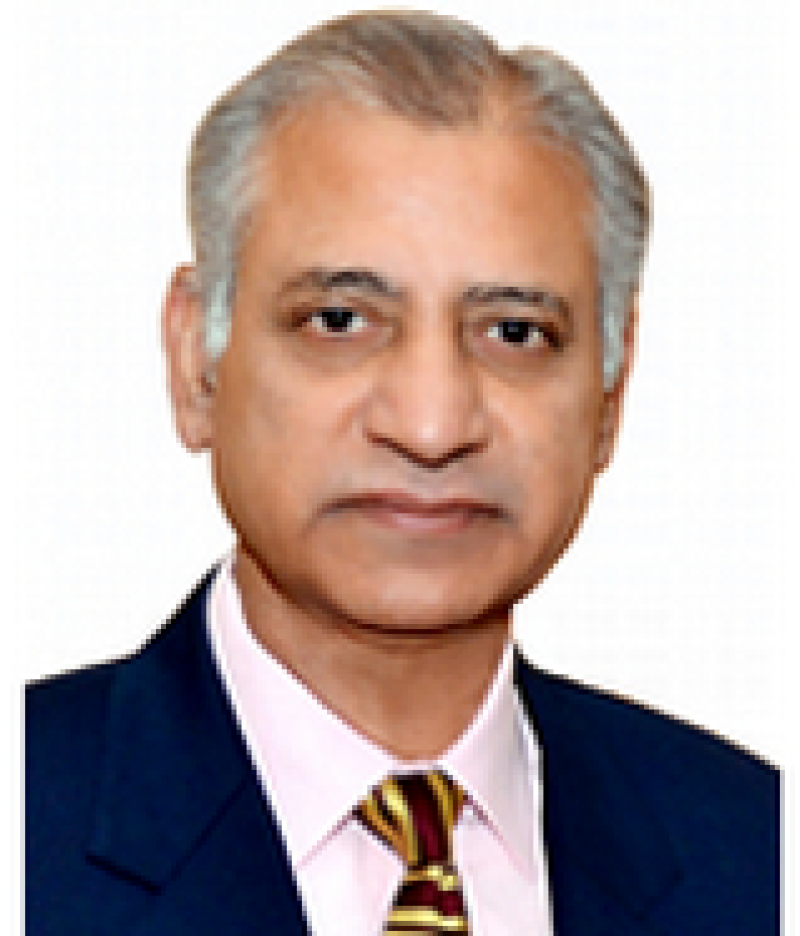
|
Since 2013, the country has worked with the IMF to stabilize its economy, making “significant progress” in strengthening macroeconomic stability by reducing the budget deficit and rebuilding foreign-exchange reserves, according to the latest review published earlier this year.
“Fiscal consolidation has been at the heart of the programme. The authorities have made significant progress … bringing the fiscal deficit (excluding grants) down from 8.5% of GDP in FY 2012/13 to 5.4% in FY 2014/15,” it states.
They aim to reduce it further to 3.5% in 2016/2017, to shrink public debt.
Charles Robertson, global chief economist at investment bank Renaissance Capital, says: “Everyone knows about India with [prime minister Narendra Modi] trying to reform. Exactly the same is happening in Pakistan, I would argue even more rapidly.”

|
Ashraf Mahmood |
Meanwhile, the current-account deficit is broadly stable – the IMF predicts it will remain at about 1% this year thanks to a reduced oil import bill. It was more than $1.6 billion in the nine months from July 2015 to March 2016 – a year-on-year reduction of 18.5% – according to figures released in April from the State Bank of Pakistan.
The central bank, under Ashraf Mahmood Wathra, has also established an independent monetary policy committee.
Stumbling blocks
However, economic progress is stymied by a number of factors, including security concerns, power outages, lower cotton prices and significant real exchange-rate appreciation during the past two years of 17%, warns the IMF.
The rupee is free floating, but the central bank intervenes to keep volatility down. Otherwise, the currency would likely be even stronger, says economist Alan Cameron at boutique investment bank Exotix.
“[There are] pretty good investment inflows, so there is upward pressure on the currency,” he says. “The central bank is leaning on that by buying dollars in the spot market. If the central bank stepped out, the currency would be appreciating right now.”
Pakistani authorities plan to further bolster FX reserves, including by continuing with the central bank’s spot purchases and taking advantage of the oil windfall, notes the IMF.
Further accumulation could also help arrest further appreciation of the real effective exchange rate, which has been affecting competitiveness, says the policy lender in its report.
There is discussion as to whether the currency should be devalued to help the country’s beleaguered cotton exporters, who have to contend with power shortages and poor infrastructure, but experts do not foresee any meaningful devaluation.
The exchange rate has remained broadly stable since the end of December, with USD/PKR trading at 104.
Brian Muggeridge Andersen, portfolio manager at Danish asset management company BankInvest, predicts a maximum 3% to 5% currency devaluation over the course of the year.
Future investment
BankInvest’s frontier market fund has assets under management of approximately $170 million, of which almost 18% is invested in Pakistan.
“Our view on Pakistan’s economy and as a whole is that there is a lot more promise and potential that it is given credit for,” says Muggeridge Andersen.
“The country is currently undergoing a reform process that is allowing businesses to invest and develop much better than was the case five years ago. Many companies have a solid, clean balance sheet.”

|
Hasan Jafri, |
The country is on the brink of being upgraded from a frontier market to an EM by indexer MSCI, which will announce its decision in June. An upgrade, in addition to billion-dollar infrastructure investment from China, will attract greater interest from a wider range of investors, predict frontier experts.
The China-Pakistan Economic Corridor (CPEC) is an ambitious $46 billion project to upgrade Pakistani infrastructure, including highways, railways and pipelines, stretching across 3,000 kilometres.
Large-scale manufacturing related to the CPEC will nudge GDP growth to 4.5% for the full year 2015/16, predicts the IMF, despite a weak cotton harvest and decline in exports.
However, more needs to be done, such as removing institutional and structural bottlenecks, says Hasan Jafri, founder and managing director of Singapore-based investment and country assessment advisory firm HJ Advisory.
“Over the longer term, Pakistan needs to focus on improving education, collecting equitable revenue, and creating a safe and stable environment to attract the kinds of investment flows a country its size and demographic profile requires,” he says.